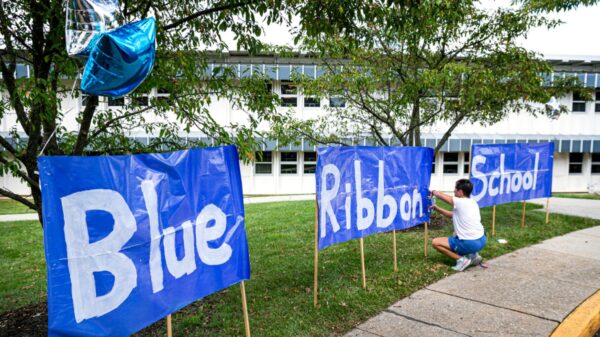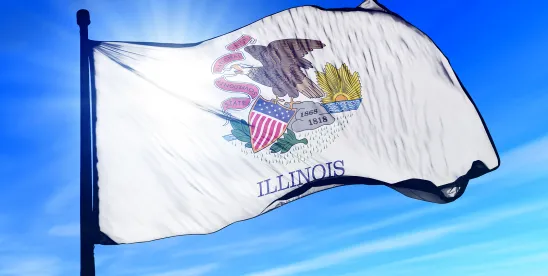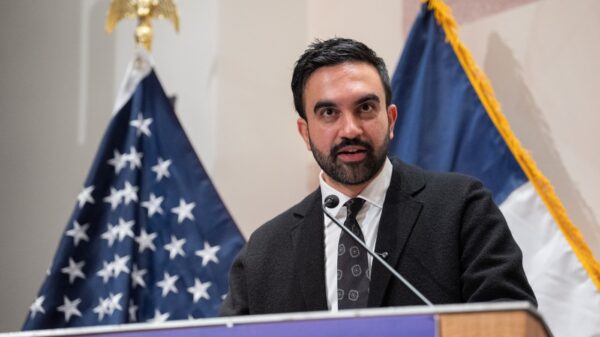Maine’s recent initiative to enhance its trail network has resulted in overwhelming demand, with funding requests far exceeding available grants. Voters approved a $30 million bond in 2024 for the state’s new trails program, which has attracted significant interest. The Maine Department of Agriculture, Conservation and Forestry reported receiving 105 applications seeking more than $16.7 million in funding, while only $7.5 million is set to be awarded in this initial round.
According to Doug Beck, the Recreational Trail Program director, the funding requests span all 16 counties in Maine. This first grant cycle will allocate funds for projects that aim to enhance trail safety, accessibility, and connectivity. The anticipation is that awards will be announced in November, with contracts expected to be executed over the winter and work commencing around March 1, 2025.
High Demand for Trail Improvements
The overwhelming number of applications reflects a robust demand for enhancements to Maine’s trail systems. “We are not surprised by the demonstrated need,” Beck stated, emphasizing the necessity for capital improvements. The majority of requests focus on multi-use trails, accounting for over half of the applications, with 46 proposals dedicated to these areas. Additional applications involve motorized trails, non-motorized trails, new construction, restoration projects, and trailside facilities.
Bronya Lechtman, grassroots outreach manager for the Natural Resources Council of Maine, noted that many organizations expressed interest in applying but lacked the capacity to do so, indicating an even greater demand than the current applications suggest. The council, while not applying for a grant, plays a role in the Maine Trails Coalition, which has been instrumental in rallying support for the program since its formation in 2019.
Community Benefits and Future Prospects
Land trusts across Maine are crucial for maintaining and expanding the trail network. Angela Twitchell, senior director of partnerships and public policy for the Maine Land Trust Network, highlighted that funding will help improve safety and accessibility for both residents and visitors. “Trails require a lot of money to build and maintain,” she explained, underscoring the importance of state support.
Kirk Siegel, executive director of Mahoosuc Land Trust, echoed this sentiment, noting the significant costs associated with construction and maintenance. He stated, “Programs like this are absolutely critical to meet the demand,” emphasizing that trail access is vital for community health and contributes to the local economy.
In addition, the Androscoggin Land Trust has proposed a project to create a pedestrian corridor linking Livermore Falls and Jay, which aims to upgrade existing trails that connect various community facilities. Stewardship Director Amy Soper described this initiative as an investment in community well-being, promoting healthy lifestyles and economic vitality.
For Maine’s motorized trail users, the program represents an opportunity to address longstanding maintenance needs. Al Swett, president of the Maine Snowmobile Association, pointed out that snowmobile clubs often rely on volunteers and local fundraising to maintain trails. He indicated that additional funding could significantly ease the burden of upkeep, especially for trails on private land.
Looking ahead, Lechtman expressed hope that the state will find ways to make funding permanent once the current four-year bond period concludes. “The biggest strength of the effort to establish the Maine Trails Program was that it was done among a diverse coalition of communities and trail organizations from across the state,” she said. The goal is to ensure that communities from all regions of Maine, particularly those with lower incomes, can benefit from future funding opportunities.




































































